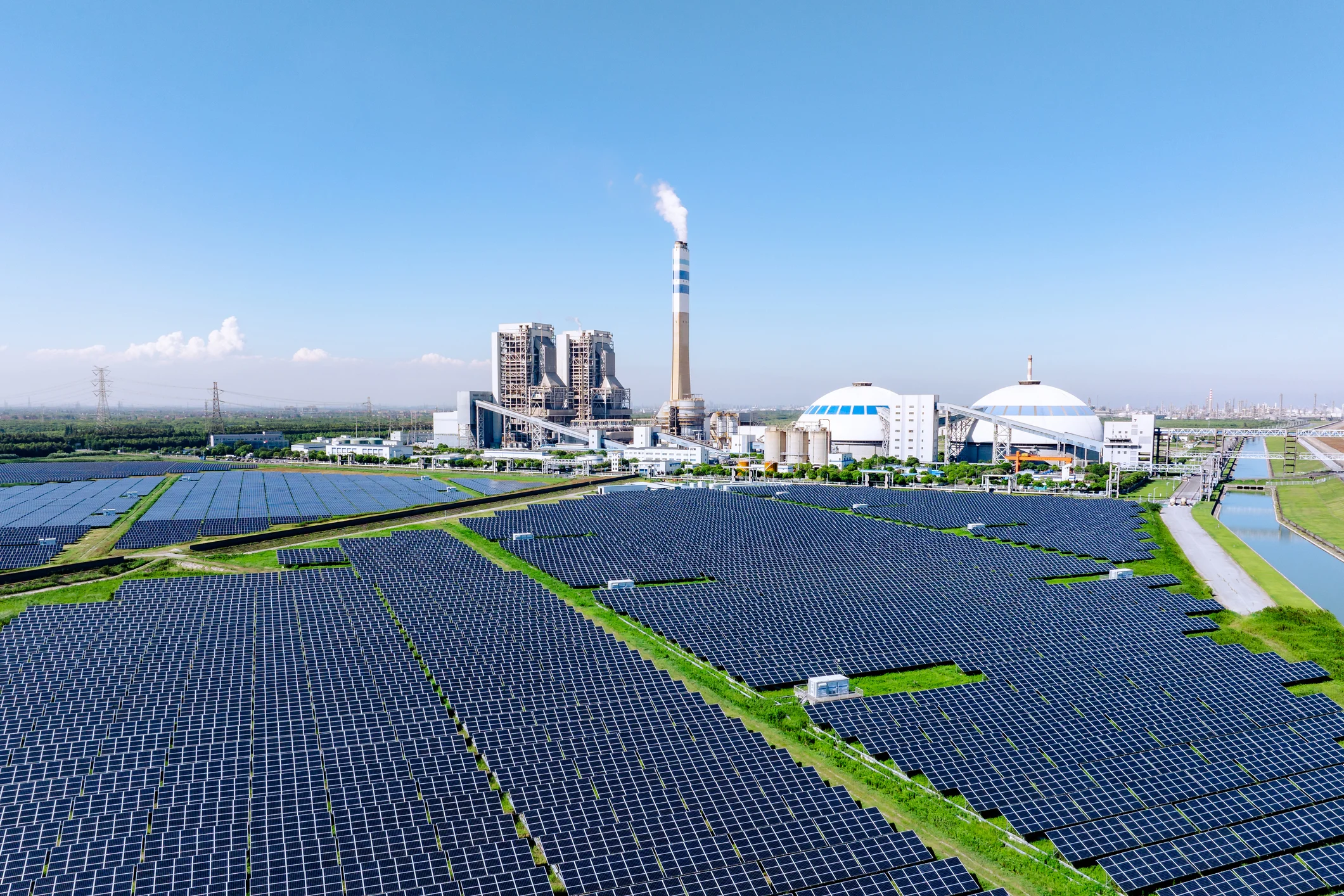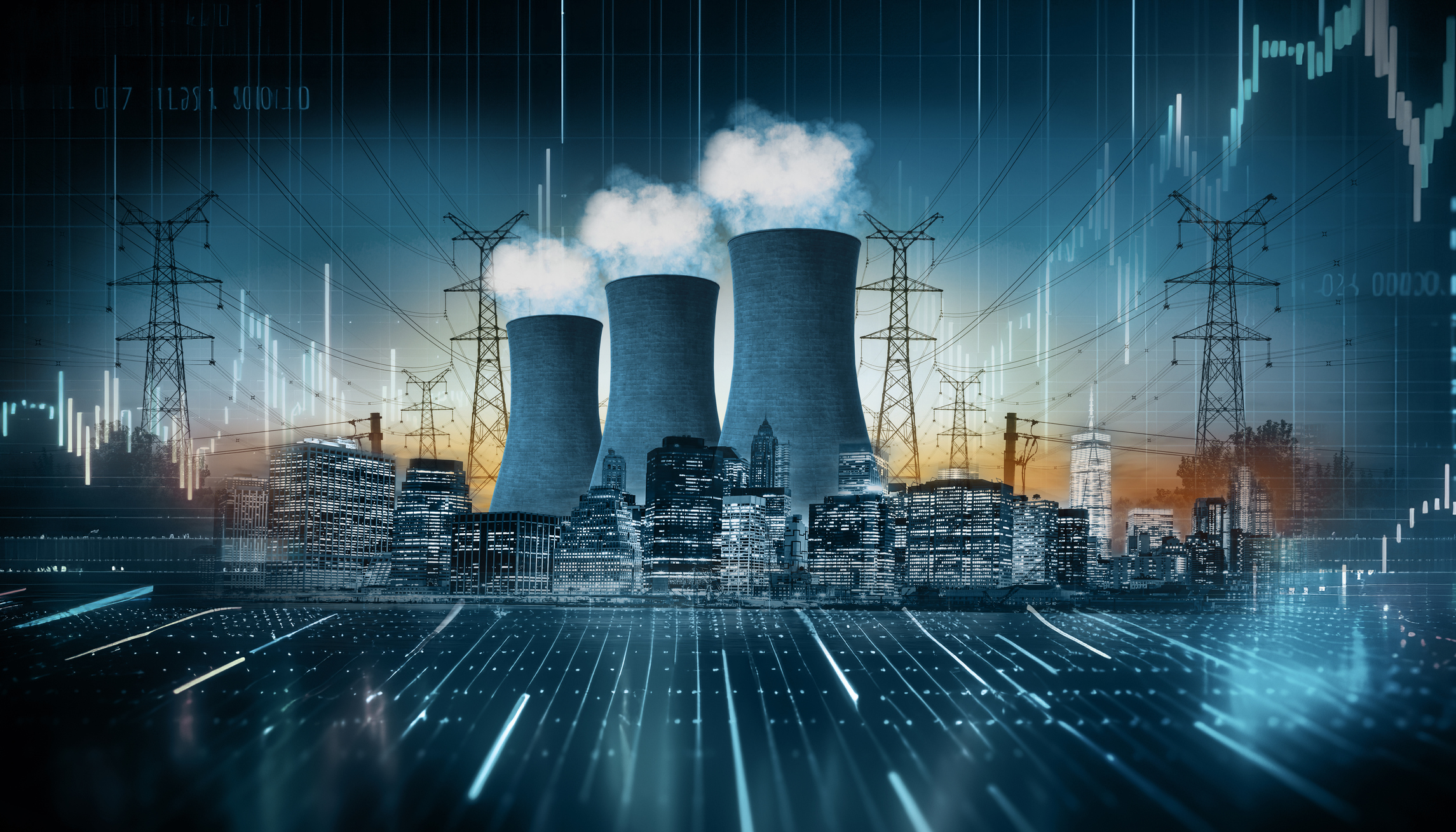Parsing utility industry terms is complicated by the shifting energy and regulatory landscape. In your reading, it’s likely that you’ve encountered terms like distributed energy resource management systems (DERMS), virtual power plants (VPPS), and more, words that have taken on a hyperbolic position within the industry as both descriptors and buzzwords. From software partners to utility operations, everyone has their own spin on what these terms mean and how the potential they have to decrease energy spending while enhancing grid efficiency dramatically. While we can’t define these terms across the industry, we can explain what we mean by DERMS, VPPs, and more.
How The Industry Is Changing
Before we go any further, let’s look at how things are changing. First and foremost, the twin forces of market forces and policy machinations in response to the climate crisis are the catalysts for this acceleration. As such, we’re seeing more emphasis on software solutions and leveraging cloud computing, with exponential growth from unlikely arbiters of technology like water heater companies and electric vehicle manufacturers.
This explosion of the Internet of Things (IoT) devices and the massive potential to shift large amounts of energy consumption will make the grid more flexible and dynamic and has created a “wild west” of terminology to describe the kind of approaches that organizations are looking for and solution providers are offering. Yet, there’s often a cross-speaking of terms between organizations to describe distributed energy resource management systems (DERMS), virtual power plants (VPP), and so-called “aggregators.” Those in the private sector certainly have some variation on what those things actually mean.
Fortunately, today the industry has developed the language to more accurately describe the fundamental features and abilities of a DERMS. We also have the terminology to explain where it’s used within grid architecture. However, we lack a set of terms around the benefits of a specific DERMS deployment.
Defining DERMS
Thankfully, organizations like SEPA have provided a solid framework for understanding the definition of DERMS. According to SEPA, “DERMS is a control system specifically designed to handle DERs. A DERMS acts as a switchboard for DER-related protocols and information to simplify the management of these disparate systems and feed information into other utility backend systems for planning, operations, and customer engagement.”
A distributed energy resource (DER) portfolio can include thermostats, solar, energy storage, electric vehicles, grid-enabled water heaters, or other IoT technologies. Similarly, a DERMS function is manifold, and broadly speaking, provides the aggregation, simplification, automation, coordination, and demand forecasting of DERs. Here is what that means:
- Aggregate: This functionality simplifies DER control, monitoring, and management by compiling many individual devices into flexible demand-side assets.
- Simplify: Simplification is an abstraction away from the complexity of multiple hardware vendors, control protocols, device settings, and data analytics.
- Automate: Through automation, a robust DERMS can leverage algorithms to take actions, often in response to wholesale, retail, or distribution management system (DMS) signals.
- Coordinate: By providing real-time operational data for individual or aggregated DERs back to the DMS, a DERMS can respond at the moment.
Forecast: This function supplies demand forecasting for DERs.
Yet, while this illustrates that DERMS come in different shapes and sizes, these clear definitions can sometimes be muddied alongside terms like “aggregator” and “virtual power plant,” which provide similar functions. In contrast to SEPA’s definition, the International Renewable Energy Agency (IRENA), defines the same functions as a Virtual Power Plant.
But DERMS and virtual power plants can also be contrasted by the use cases each provides. At its core, DERMS controls the aggregation and centralization of otherwise disparate DERs. By contrast, a virtual power plant functions as its name implies, as a response to energy demand with intelligent responsiveness to grid signals and through a reliable and predictable real-time impact on the generation and distribution needs of the utility.
Central DERMS, Edge DERMS, Aggregator DERMS, Oh My.
To clarify, let’s look at some nuanced definitions of DERMS as dependent upon where they’re integrated within the utility technology stack and other enterprise applications such as DMS, AMI, OMS, SCADA, etc. Fortunately, organizations like SEPA have identified some of the differentiators that distinguish DERMS apart by use case.
- Edge DERMS: DERMS platforms with control systems physically located at or near DER assets. These types of DERMS are associated with the need for fast response, monitoring, and control actions over one or multiple DER.
- Aggregator DERMS: DERMS platforms focused on aggregation over many DER assets that may or may not be location-dependent (geographically or based on grid topology). These control systems often reside purely on the cloud (internet). Another group of DERMS under this category are demand response device aggregators (e.g., thermostat, HVAC) that enable participation in utility demand flexibility programs or energy markets when aggregated (e.g., virtual power plants).
- Hybrid DERMS: Integrated or distinct product offerings that span more than one of the categories listed above.
- DERMS Core Functions: are referred to as a set of DERMS foundational control, monitoring, and analytics functions that are combined to realize various DERMS use cases.
Defining Virtual Power Plants
While DERMS identifies a type of system that controls multiple devices and device types through available IoT technology, virtual power plants are a function of DERMS. For example, the term “virtual power plant” is often confused with other phrases like “demand response” or “demand flexibility.” While these terms may seem interchangeable, they refer to different objectives, outcomes, or tasks performed. In this case, DERMS serves as the operating system that combines and realizes the potential of a virtual power plant.
At its core, VPPs are an advanced form of real-time demand response, and often signal capacity reductions on a larger scale, like replacing a physical power plant through the use of otherwise unconnected DERs… albeit virtually, although this may ultimately limit the possibilities of what a VPP can do. Conversely, there are advocates for additional use-case development focused on distribution grid constraint management and more localized dispatch of DERs to support specific grid issues and to better realize the advantages of virtual power plants. By advancing other use-cases, VPPs can also address non-wire alternatives, advancing our understanding to include both capacity and grid capabilities.
Conclusion: Incrementalism Applied to DERMS & Virtual Power Plants
Do utilities need a DERMS, virtual power plant, or other operating types (like a DRMS)? Answering this is highly dependent on a utility’s grid conditions and what specific use-cases are required. Approaching this problem with the customizability of the software solutions to their grid conditions and needs can create the flexibility and incremental adoption needed to grow alongside the implementation needs of utilities of all sizes. No matter the exact terminology used, the application and deployment of (DERMS) represents an intriguing and complex opportunity for utilities to simplify the management of the explosion of distributed energy resource (DER) portfolios.






